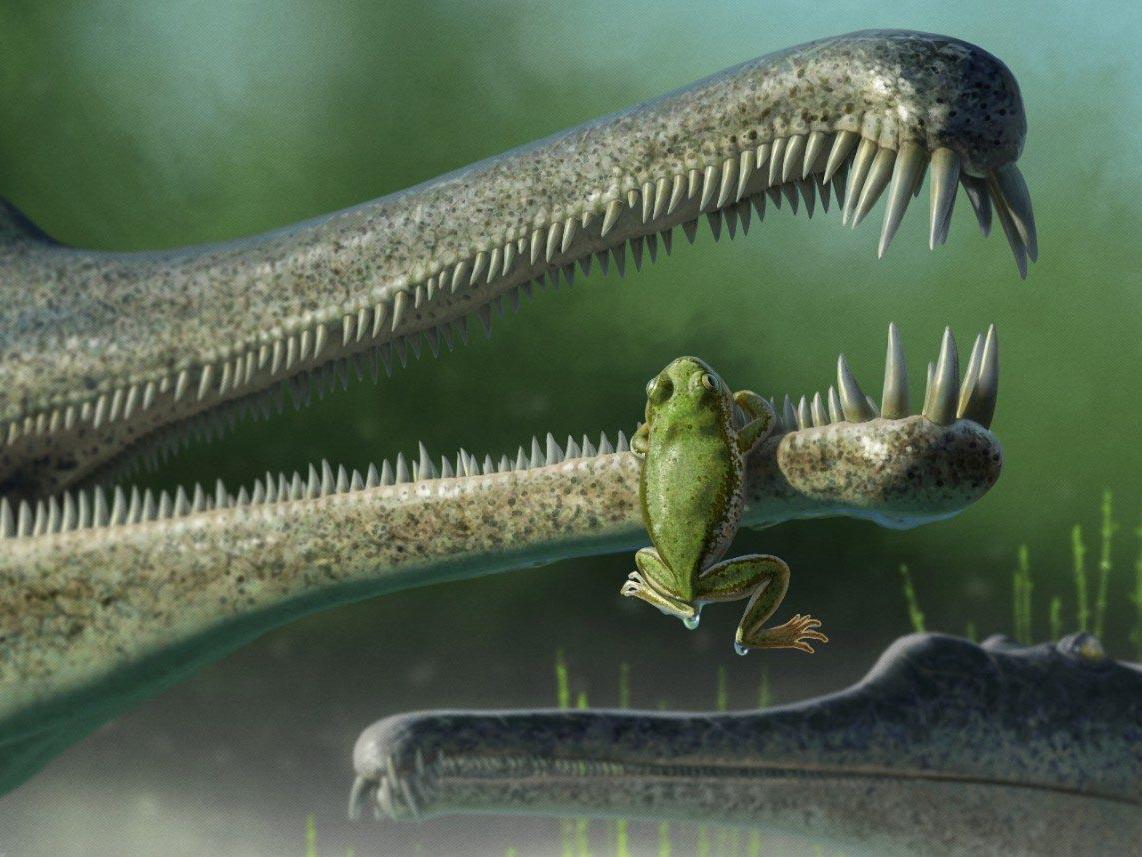Oldest frog in North America discovered preserved in rocks
Ancient amphibian would fit on end of a finger

Your support helps us to tell the story
From reproductive rights to climate change to Big Tech, The Independent is on the ground when the story is developing. Whether it's investigating the financials of Elon Musk's pro-Trump PAC or producing our latest documentary, 'The A Word', which shines a light on the American women fighting for reproductive rights, we know how important it is to parse out the facts from the messaging.
At such a critical moment in US history, we need reporters on the ground. Your donation allows us to keep sending journalists to speak to both sides of the story.
The Independent is trusted by Americans across the entire political spectrum. And unlike many other quality news outlets, we choose not to lock Americans out of our reporting and analysis with paywalls. We believe quality journalism should be available to everyone, paid for by those who can afford it.
Your support makes all the difference.Remains of some of the oldest ever frogs have been recovered by sifting through fragments of rock from Arizona.
The creatures, which shared the prehistoric landscape with dinosaurs, were identified based on tiny shards of hip bone smaller than a fingernail.
Belonging to an as-yet unnamed species that lived around 216 million years ago, they are thought to be the most ancient frogs ever identified in North America.
The miniscule remains were found alongside enormous, crocodile-like phytosaurs, as well as early dinosaur species.
Scientists are used to finding these much larger animals preserved in the Chinle Formation, a rock structure dating to the Triassic period that stretches from Nevada to New Mexico.
However, the team said their latest discovery was evidence of a wealth of tiny creatures scuttling around beneath the dinosaurs’ feet at this time in the planet’s history.
“The Chinle frog could fit on the end of your finger,” said palaeontologist Dr Michelle Stocker, noting they were now focusing on searching for diminutive life-forms.
“With this new focus we’re able to fill in a lot of those missing smaller components with new discoveries.”
“Our development of methods that recover delicate bones from small-bodied vertebrates enabled this exciting discovery,” said PhD student Ben Kligman.
“Our aim is to use similar techniques in the Chinle Formation to uncover the early history of other small-bodied animals including lizards, salamanders, turtles and mammals.”
The oldest frogs ever discovered have been unearthed in rocks from Madagascar and Poland, dating back roughly 250 million years.
The specimen found by Dr Stocker and her team in Arizona was more similar to modern-day frogs than these older individuals, but is not thought to be a direct ancestor of the amphibians seen today in ponds around the world.
As the scientists continue to delve through their rock samples, they hope to find skulls and additional bones that will enable them to learn more about the Chinle frogs.
The findings were published in the journal Biology Letters.
Join our commenting forum
Join thought-provoking conversations, follow other Independent readers and see their replies
Comments